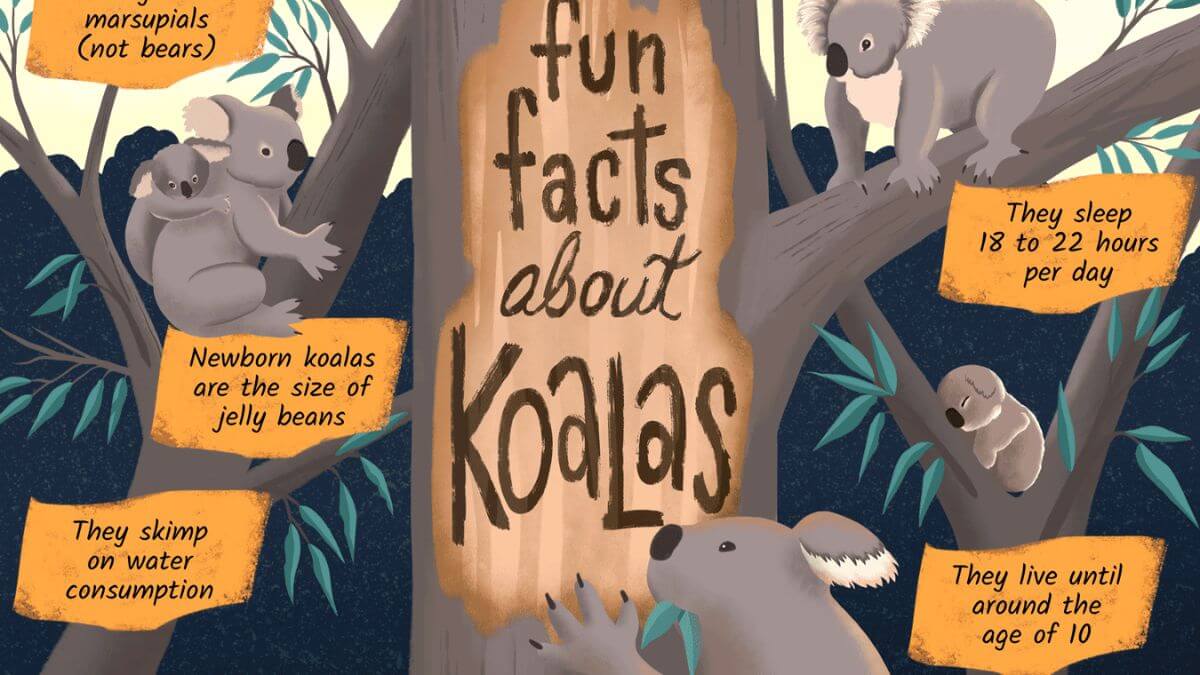Australia has some pretty intriguing animals with all of its bouncing kangaroos and weird leaping spiders. None are as endearing as the koala, a cuddly-looking mammal (with startlingly sharp claws) whose image covers the cover of so many tourism brochures, websites, and ads for Australia. Koalas, like kangaroos and wombats, are marsupial mammals most recognized for their distinctive infant pouches. But that’s not the only reason they’re so intriguing. Here are some interesting facts about koalas (but don’t call them “koala bears” because they have nothing to do with bears).
Koalas, contrary to popular belief, do drink water.
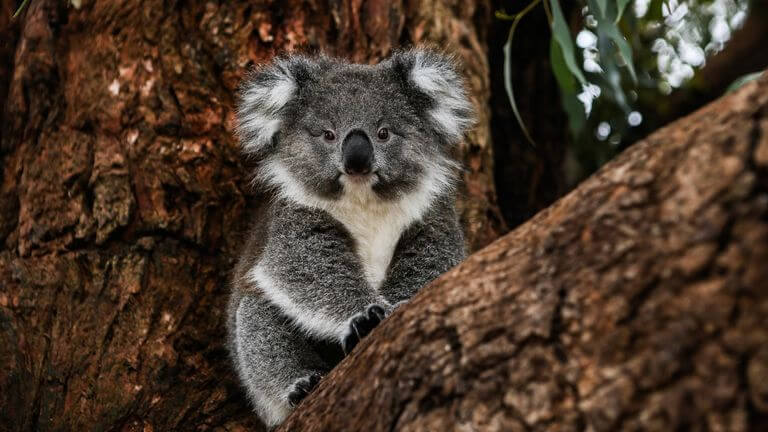
In Dharug, an Australian Aboriginal language, the word “koala” means “no water” or “no drink.” The name was inspired by observations of the little guys in their natural environment. “It was once thought that koalas didn’t need to drink since eucalyptus leaves provided enough moisture,” writes Dr. Stuart Blanch, forest conservation manager for World Wide Fund for Nature-Australia, in an email. “However, they do drink from a variety of water sources when necessary, particularly during heatwaves and droughts when the water content of eucalyptus leaves reduces significantly.”
Although koala is the most common name for the animal, it has also been called cullawine, kaola, koolewong, and koobor.
They have a fascinating gestation period – Facts About Koalas
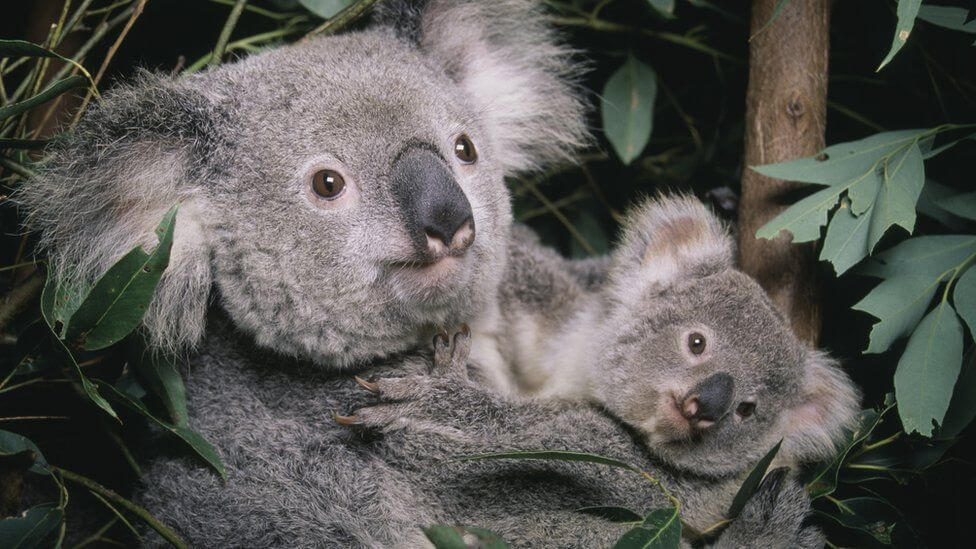
Baby koalas, known as “joeys,” are born when still in the embryonic stage of development and weigh only approximately 0.02 ounce (half a gram). They subsequently take up home in the mother koala’s pouch, where they spend around six months growing and gaining weight. After one month in the pouch, the koala is still just half an inch (one centimeter) long! After the first six months, newborn koalas ride on their mothers’ backs for another six months, using the pouch exclusively for naps and feedings. Koalas eventually grow to be around 25 to 30 inches (63 to 76 cm) long.
They each have their own fingerprints.
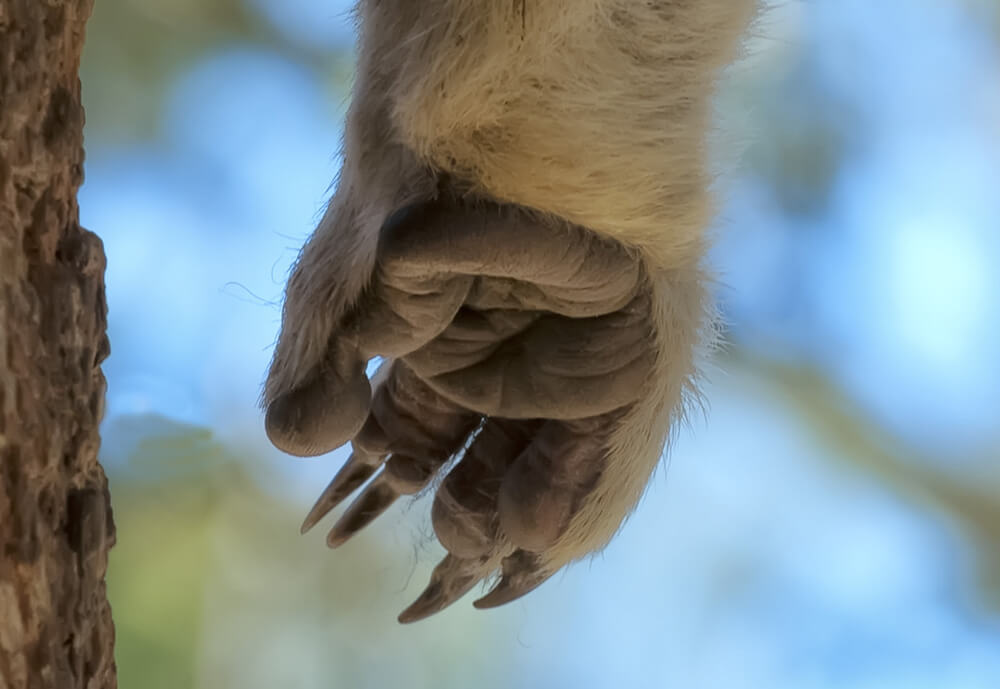
Koala hands are distinct from those of other mammals. First, each front paw has two thumbs, which Blanch believes helps them climb their favorite eucalyptus trees. They are also one of the few animal species that have individual fingerprints (humans, chimpanzees and gorillas are the others). “Scientists believe apes and koalas evolved these skin ridges independently to aid in grabbing,” Blanch explains.
They have a distinct digestive organ.
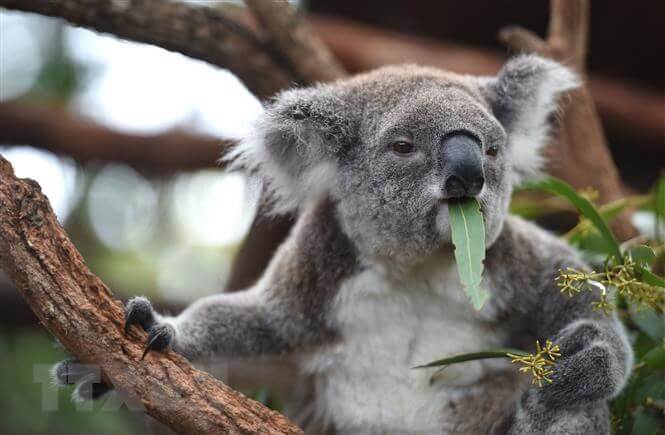
Koalas have their own digestive organ, known as a “caecum,” which aids in the digestion of their eucalyptus leaf diet. This organ is required because eucalyptus is normally deadly, but the caecum detoxifies the harmful compounds, making them tasty and nourishing for koalas. Because of the eucalyptus, koalas smell a little like cough drops.
They’re Surprisingly Fast – Facts About Koalas
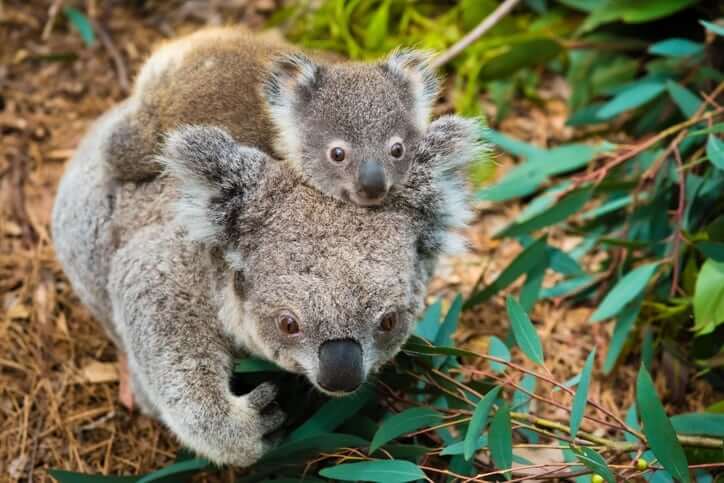
If koalas appear to be lazy, it’s because they are. “Koalas appear drowsy in trees because they store energy. Because they are not suited to walking on the ground, they normally amble along at a slow pace “Dr. Blanch elaborates. “However, koalas can gallop at rates of up to 30 kilometers [18 miles] per hour if necessary.”
Herbert Hoover saved them from extinction.
“When it rains, koalas’ thick, woolly fur works as a ‘raincoat,’ repelling moisture. This waterproof property has made koala fur popular for hats, gloves, and coat linings “Blanch states Between 1888 and 1927, eight million koala pelts were sold in the United Kingdom, Europe, and the United States. President Herbert Hoover, who visited Australia as a child, may have spared them from extinction. In 1927, as Secretary of Commerce, he signed an order prohibiting the importing of koala pelts into the United States. However, that was not the final danger that koalas faced.
The Koala Butt has a variety of applications.
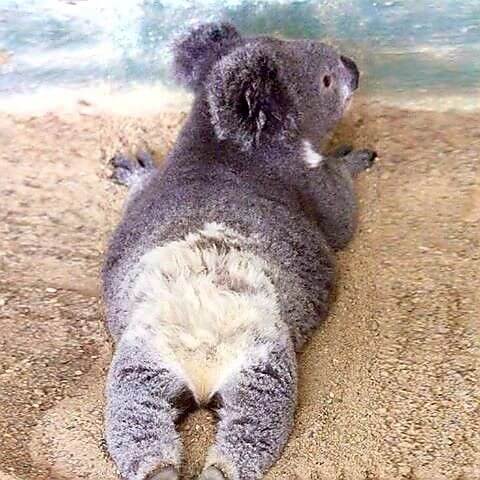
Koala posteriors perform an interesting role in assisting them to survive and grow, especially when they are situated high up in eucalyptus trees. “The fur of the Koala’s rump is densely packed and acts as a ‘cushion,’ while cartilage at the end of their bent spine gives even more padding, allowing them to call eucalyptus trees home!” Blanch claims that the wombat, the koala’s closest relative, also has a cartilage pad on their bottom, but they use it to keep predators out of their burrows.
The koala butt isn’t the only item that comes in handy. Blanch observes that the koala rump is white and speckled, which makes predators difficult to notice from the ground.
They are still declining – Facts About Koalas
It’s difficult to comprehend that koala numbers have dropped so dramatically in the last decade in this day and age of conservation. Experts projected that there were only about 329,000 koalas left in 2016, a 24 percent decline over three generations. Several factors, most notably habitat degradation, have contributed to this precipitous reduction. Koalas are on track to become extinct by 2050 if current trends continue.
